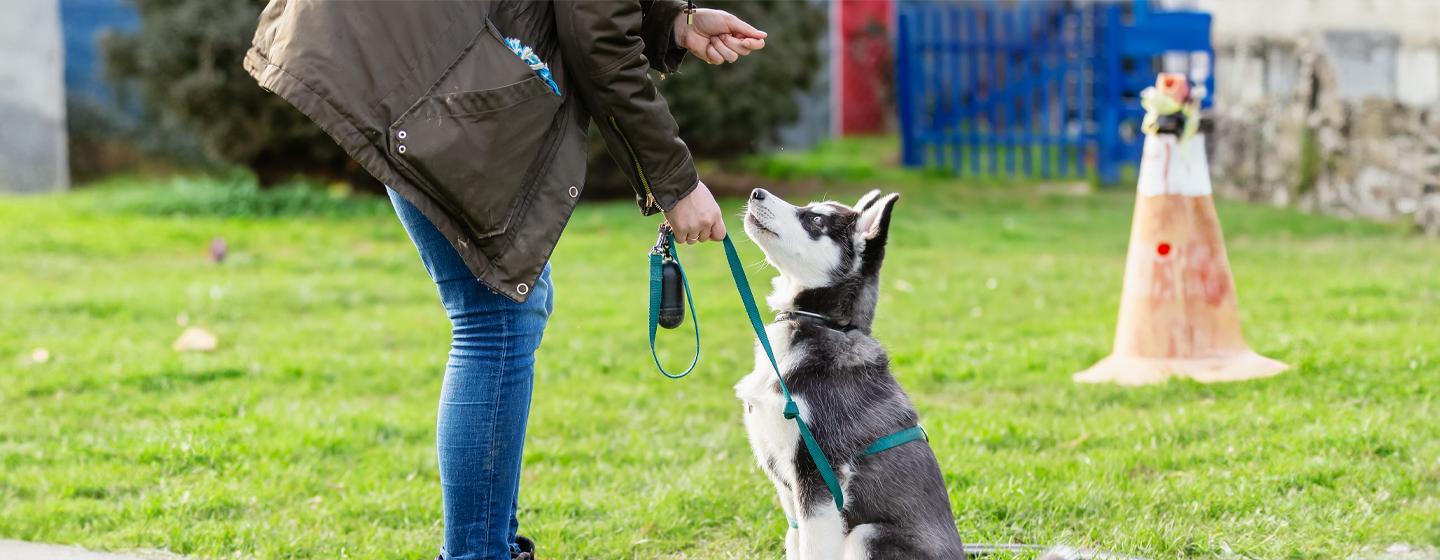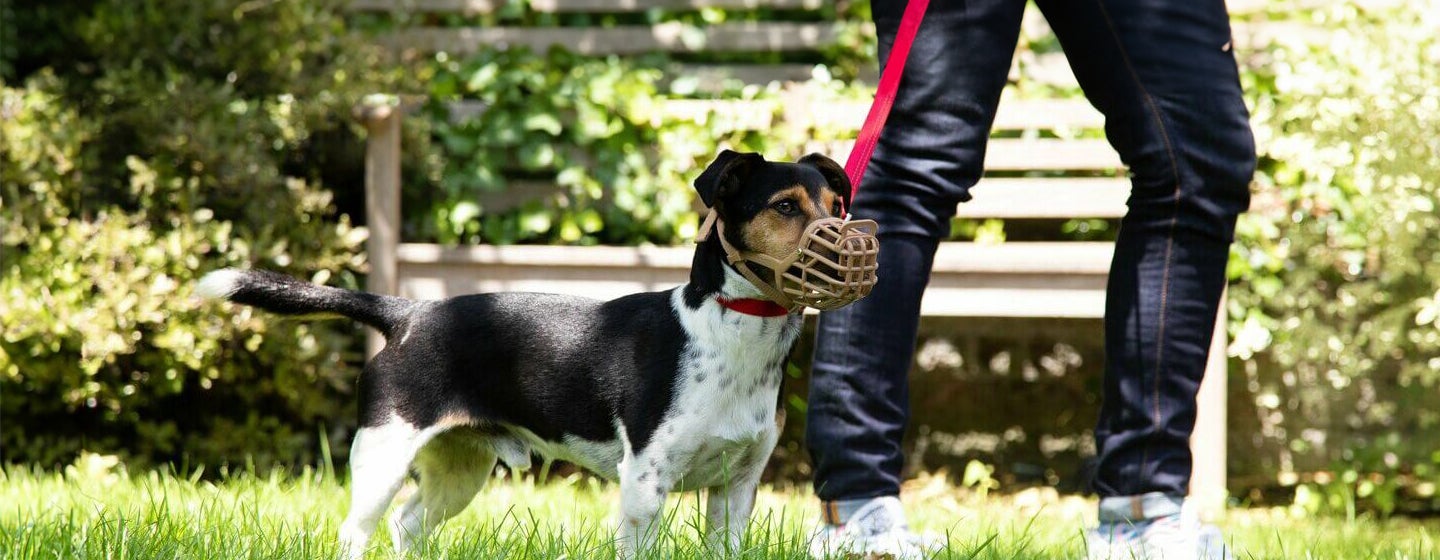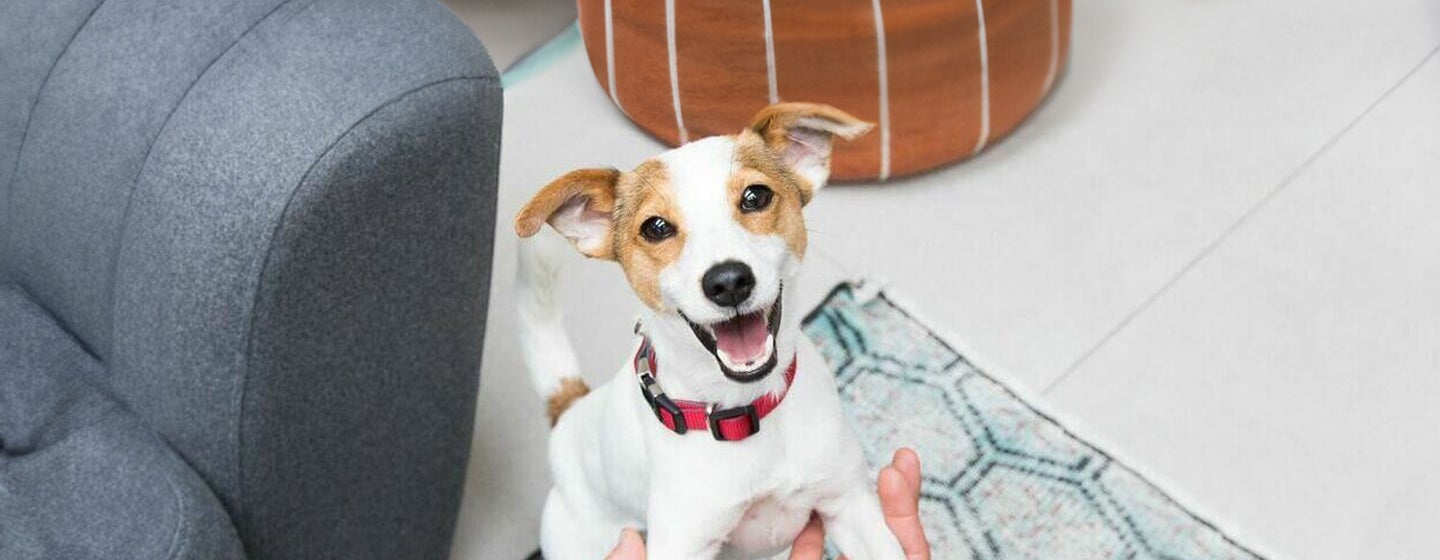Training your dog in basic commands and cues is an enjoyable and beneficial activity that strengthens the bond between you and your pet. It is essential to start training at an early age, as puppies are quick learners and can grasp commands such as ‘come’, ‘sit’, and ‘stay’ more easily. Well-trained dogs experience better lives with decreased likelihood of behavioral issues. Basic dog training can commence immediately upon bringing your puppy home, contrary to the belief that training should wait until six months of age. Consistency in training is crucial, and for more personalized guidance, consulting a professional dog trainer or vet is recommended.

Basic Dog Training Commands
Teaching and training your dog basic commands and cues is a fun and rewarding experience for both of you. It’s important to begin training your dog at an early age to get the foundations right before your puppy grows into an adult dog. Puppy training and teaching your dog is a great way to spend time together and can also be lots of fun!
Dogs are fast learners, and with your loving guidance, training your dog how to ‘come’, ‘sit’, ‘stay’ and even go to the toilet will nurture your relationship as well as encourage good behaviour. Well-trained dogs are less likely to stray, and generally have more comfortable and fulfilling lives compared to their untrained counterparts.
Young puppies make eager pupils, so you can start training your dog as soon as you get them home. It’s a myth that pups need to be at least six months old before they can be properly trained – the younger they are, the easier it is to teach them. Think of them as little furry sponges, waiting to soak up all the learning you can give them!
Here you’ll find lots of advice on the basics of dog training. For more detailed and advanced dog training advice, try contacting a professional trainer. Ask your vet for a recommended local pet behaviourist or dog trainer.
Dog training rules
What is clicker training?
Teaching your dog to sit
Teaching your dog to lie down
Teaching your dog to come
Teaching your dog to stay
Teaching your dog 'no'
Teaching your dog to 'leave it'
The discs can also be used to teach a ‘leave it’ command.
• Put something tasty on a table, within your dog's reach. Tell them to ‘leave it’, count to three, and then give him a treat (but not the one that he has been told to leave).
• If he goes to take the treat, sound the discs.
• Over several practice sessions, increase the time he has to wait before he is given a treat.
Teaching your dog to 'get off'
• If you find your dog on the sofa or a bed, say ‘off’ and encourage them to come to you.
• When they come ‘off,' reward them calmly with praise and a 'click', and use your basic training to ask him to 'sit' or lie 'down' instead. This can then also be rewarded.
• Consistency is important. If one member of the family turns a blind eye to the house rules, you've had it!
• If they growl at you for attempting to remove them, back off, and seek the help of a qualified behaviourist via your vet’s referral as soon as possible. Don’t attempt to tackle any aggression problems yourself, as you may make things worse.
Always consult your vet if you have any concerns about your pet’s health, as they can recommend individual advice or treatment options. For detailed behavioural advice tailored specifically for your pet, we suggest you contact a qualified pet behaviourist.



